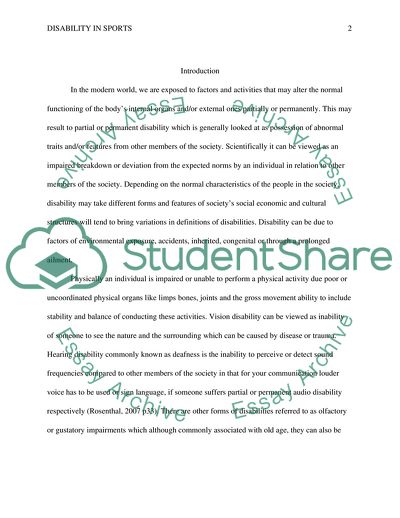Cite this document
(The Normal Functioning of the Bodys Internal Organs Case Study, n.d.)
The Normal Functioning of the Bodys Internal Organs Case Study. Retrieved from https://studentshare.org/sports-and-recreation/1802962-disability-in-sports
The Normal Functioning of the Bodys Internal Organs Case Study. Retrieved from https://studentshare.org/sports-and-recreation/1802962-disability-in-sports
(The Normal Functioning of the Bodys Internal Organs Case Study)
The Normal Functioning of the Bodys Internal Organs Case Study. https://studentshare.org/sports-and-recreation/1802962-disability-in-sports.
The Normal Functioning of the Bodys Internal Organs Case Study. https://studentshare.org/sports-and-recreation/1802962-disability-in-sports.
“The Normal Functioning of the Bodys Internal Organs Case Study”, n.d. https://studentshare.org/sports-and-recreation/1802962-disability-in-sports.


